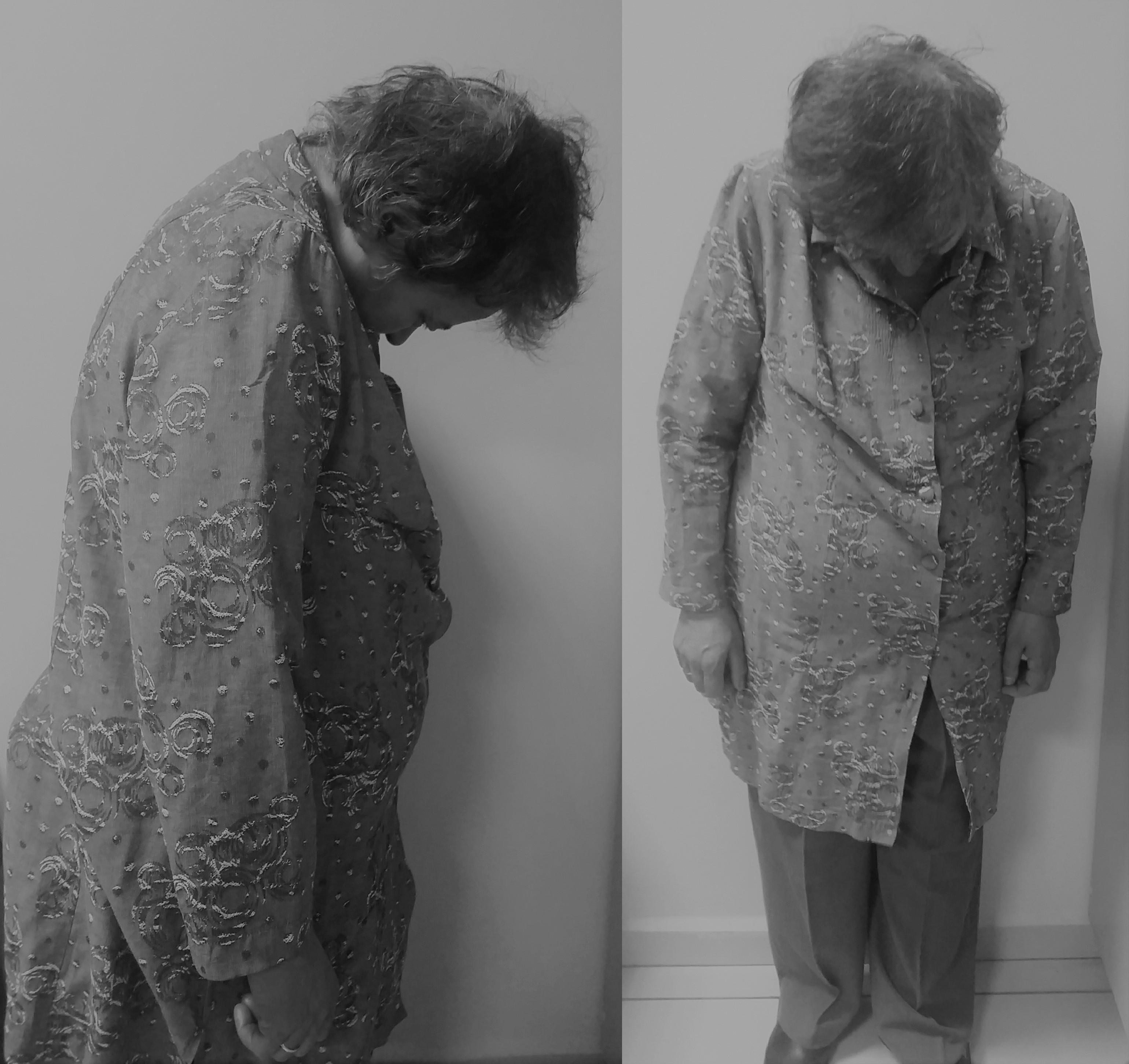Session Information
Date: Sunday, October 7, 2018
Session Title: Parkinsonism, MSA, PSP (Secondary and Parkinsonism-Plus)
Session Time: 1:45pm-3:15pm
Location: Hall 3FG
Objective: Multiple system atrophy (MSA) is a sporadic neurodegenerative disease clinically characterized by cerebellar signs, parkinsonism and autonomic dysfunction. MSA is classified into two sub-types; with predominant parkinsonism (MSA-P) and with predominant cerebellar ataxia (MSA-C). Although response to dopaminergic treatment is poor, in the early stages MSA-P may be difficult to distinguish from idiopathic Parkinson disease. We report a patient with MSA who responded only a specific dose of apomorphine.
Background: A 52-year-old woman was admitted suffering from REM sleep behavior disorder started almost five years ago and slowness in movements of the left arm and speech started 6 months ago. Bradykinesia and rigidity were detected on the left side extremities. No autonomic dysfunction or postural instability findings were found. The patient was diagnosed as Parkinson disease and pramipexole therapy was started. The patient’s complaints improved for almost three months. But then between one month interval follow-ups, patient’s symptoms continued progressing and pramipexole dosage was increased gradually. 1 year later, we added levodopa to the treatment after symptoms became unresponsive to pramipexole and increased levodopa gradually. After the second year of the disease treatment onset, ante-flexion posture of the head (drop head syndrome) occurred in the patient [Figure 1].
Methods: The patient became very limitedly responsive to oral dopaminergic medication after the second year of parkinsonism, but still no autonomic dysfunction, postural instability or gaze palsy findings were detected. We planned to try a non-oral medication. At first, 1 mg of apomorphine subcutaneous (SC) injection was tested and then the dose was increased sequentially to 2, 4, 5, 6, 8 mg. Motor functions were assessed by Unified Parkinson Disease Rating Scale (UPDRS) motor scores.
Results: Positive response was observed only with 5 mg injection of apomorphine. No difference was observed in UPDRS motor scores with lower and higher doses other than 5 mg. We started medication of apomorphine 5 mg SC injection at wake-up time and then 5 mg/h pump infusion for 12 hours daily. The patient is still responsive to apomorphine for 6 months, but she started suffering from urinary incontinence in the last 2 months. The patient’s diagnosis was changed as MSA-P.
Conclusions: Apomorphine is a dopamine D2 agonist and a derivative of morphine. There are only a few studies and reports investigating the effect of apomorphine in Parkinson-Plus syndromes. In reviewing the literature, we could not find any report similar to the case of our patient who responded only a specific dose of apomorphine. Further case reports and studies may enlighten the mechanisms and lead to better treatment options in MSA.
To cite this abstract in AMA style:
S. Ozben, F. Genc, F. Tuter Yilmaz, A. Erdal, N. Atis. Atypical Response to Apomorphine in a Patient with Multiple System Atrophy [abstract]. Mov Disord. 2018; 33 (suppl 2). https://www.mdsabstracts.org/abstract/atypical-response-to-apomorphine-in-a-patient-with-multiple-system-atrophy/. Accessed April 1, 2025.« Back to 2018 International Congress
MDS Abstracts - https://www.mdsabstracts.org/abstract/atypical-response-to-apomorphine-in-a-patient-with-multiple-system-atrophy/

